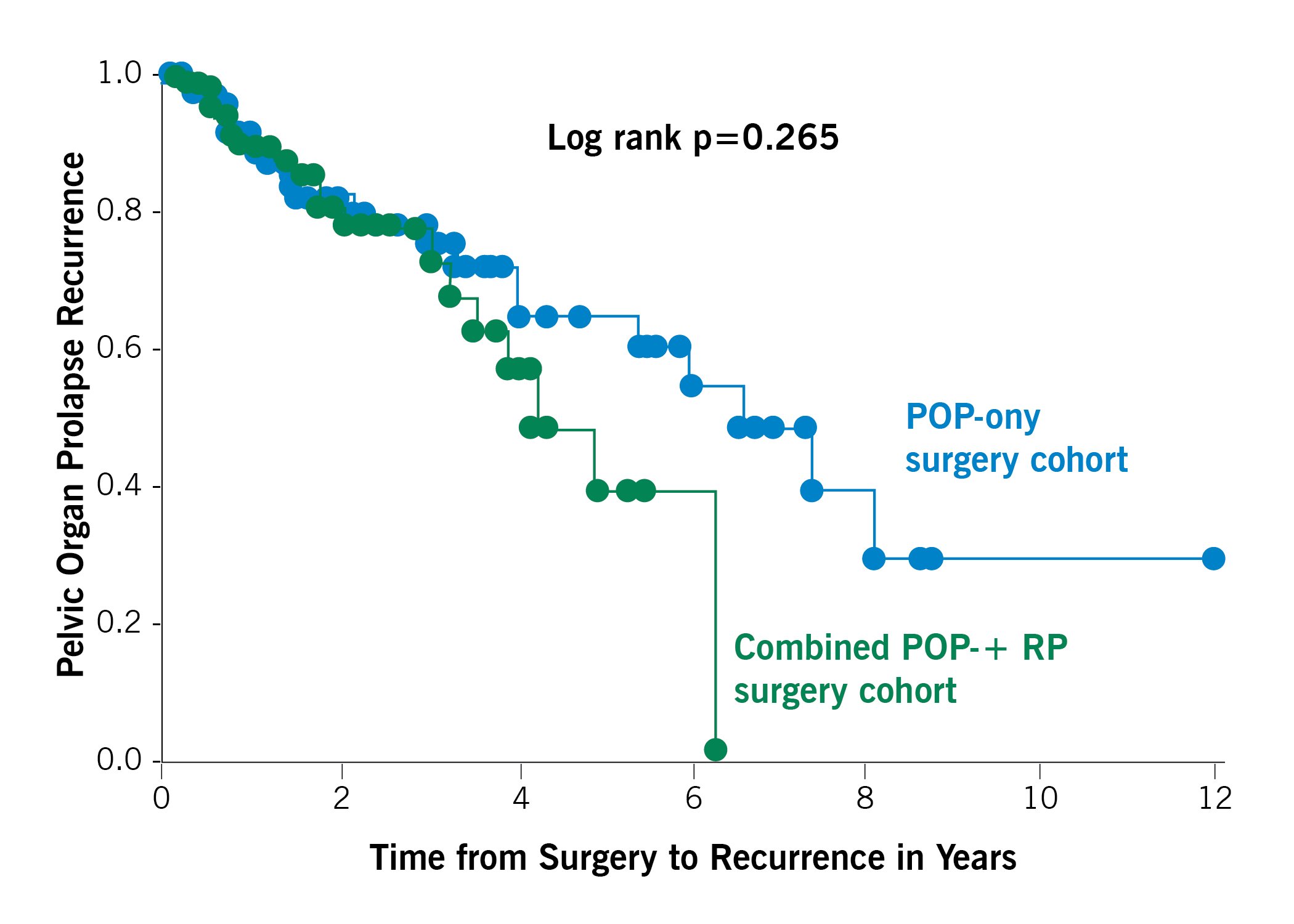Ob/Gyn & Women’s Health Institute Outcomes
Urogynecology
Urogynecology
The Section of Urogynecology/Female Pelvic Medicine & Reconstructive Surgery at the OB/GYN & Women’s Health Institute at the Cleveland Clinic is dedicated to serving women with pelvic floor disorders with innovative treatment that spans from non-surgical to minimally invasive surgical options. We offer a breadth of minimally invasive surgery: vaginal, laparoscopic, and robotic-assisted laparoscopic approaches, which have the advantage of same day surgery and no overnight stay, small or no abdominal incisions, less pain, blood loss, and infections, and earlier return to activities. Our team has conducted the seminal trials and pioneered the gold standard surgical techniques in urinary incontinence, pelvic organ prolapse, and other pelvic floor conditions. We value a collaborative, interdisciplinary approach that often incorporates female urology, colorectal surgery, and minimally invasive gynecologic surgery.
The following outcomes reflect the care provided by urogynecologists practicing at Cleveland Clinic in northeast Ohio.
Surgical Case Volume
2019− 2022
Hysterectomy Surgical Approach
2019 - 2022
Colpopexy Surgical Approach
2019 - 2022
Adverse Events Within 30 Days of Urogynecologic Surgery
2019 − 2022
ᵃTotal number of urogynecologic surgical procedures per year
Outpatient Surgery with 30 Day Admission Rate
2019 - 2022
N: the total surgeries.
n: the 30 days inpatient readmission surgical cases.
Inpatient Surgery With 30 Day Readmission Rate
2019 - 2022
Uterosacral Colpopexy
2019 - 2022
Bladder/Bowel Complications
2019 - 2022
N: Total number of inpatient and outpatient surgeries
n: Total number of bladder/bowel complication cases
Pelvic Organ Prolapse vs Rectal Prolapse Surgery
2003 - 2020
There is a growing interest in combined pelvic organ prolapse (POP) and rectal prolapse (RP) surgery for concomitant pelvic floor prolapse despite a paucity of data regarding complications and clinical outcomes of combined repair. We performed a multicenter, retrospective cohort study at five academic hospitals to compare POP recurrence between those patients undergoing combined repair and those patients undergoing POP-only repair. Patients undergoing combined POP+RP surgery were matched by age, POP stage by leading compartment and POP procedure to those undergoing POP-only surgery from March 2003 to March 2020. In both groups, a similar number of patients reported symptomatic POP recurrence (10.3% vs 13.7%) and underwent subsequent POP surgery (5.9% vs 7.4%). A Kaplan-Meier survival curve illustrated no significant difference in time to prolapse recurrence between the combined cohort and the POP-only cohort.

